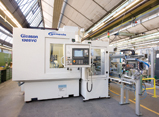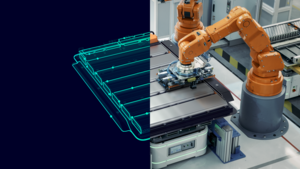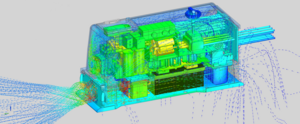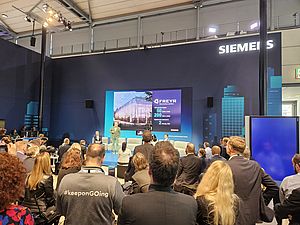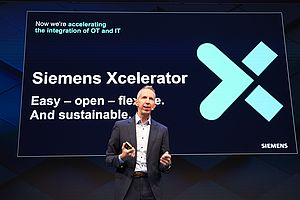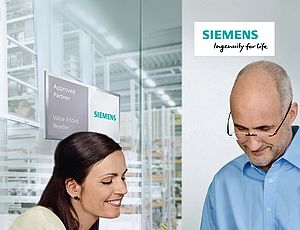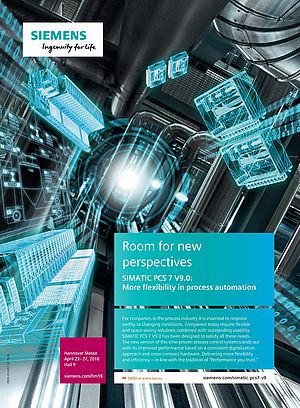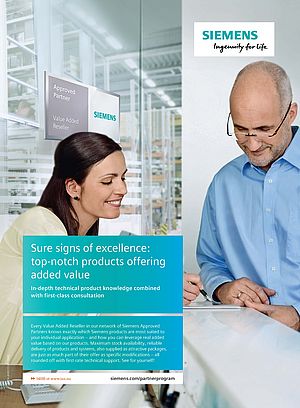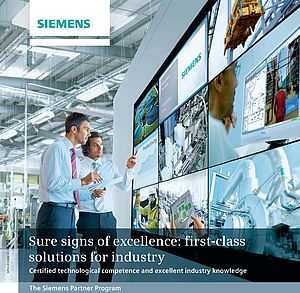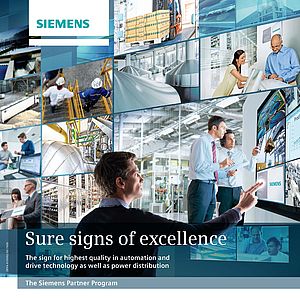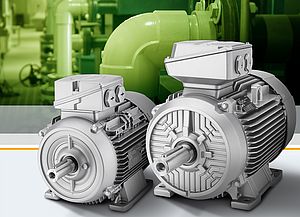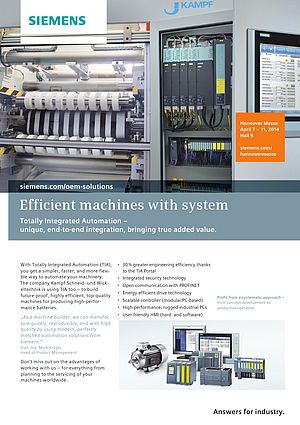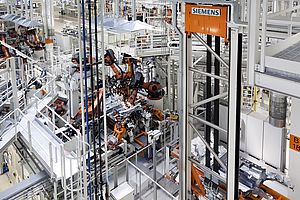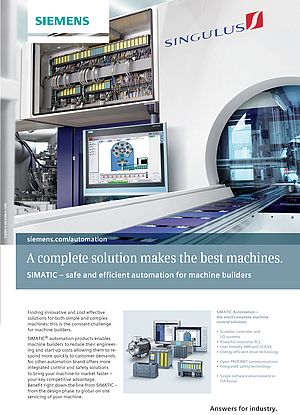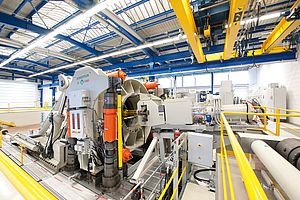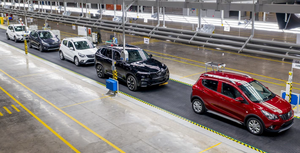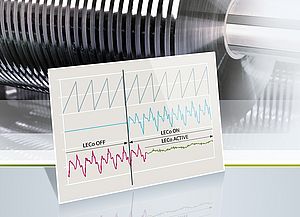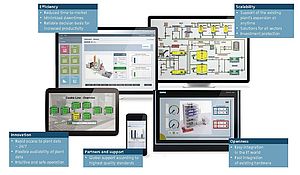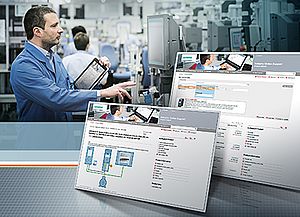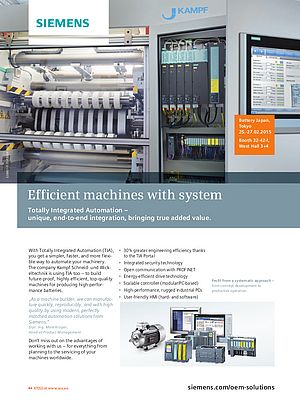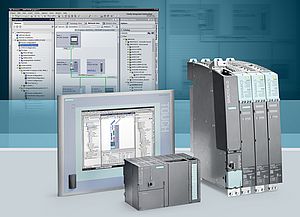Automakers have very specific notions of reliability in the material supply. The machine constructors of this industry sector are, therefore, more than ever paying attention to high failure safety. Thus, a long established Munich specialist for spur gear cutting technology utilizes intelligent sensors from the market leader for automation and drive engineering, to effectively prevent workpiece breakage in its machine tools.
The Gleason-Hurth Maschinen und Werkzeuge GmbH based in Munich has been part of the Gleason Works, Rochester, USA, since 1995. The company has specialized in the development and manufacture of fine finishing machines and tools for the spur gear production. Main customers include all well-known automakers with own gearbox production or their worldwide suppliers.
With its machines, the company offers a wide variety of machining techniques - ranging from conventional milling to hobbing and honing all the way to grinding-generating and shaving. The latest development is a shaving machine with integrated chamfering and deburring unit that is marketed under the brand name Genesis 130SVC. It serves for the fine machining of unhardened straight-toothed and helical spur gears with diameters of up to 150mm. The chamfering and deburring unit works in parallel, and by removing unwanted burrs from the gear sides ensures good quality surfaces and edges already prior to the shaving.
Better Results, Easier Operation
Josef Zettl, manager of the electrical installation and commissioning at Gleason-Hurth, explains the special demands made on the reliability of the machine: ''Our customers all manufacture just-in-time. Machine failures, therefore, have expensive consequences, since without gears, there is no gearbox production! That's why we have to eliminate potential error sources already in the design of the machines.''
The use of intelligent sensors seems obvious. Thus, the Munich company also has found a new way that prevents the machine from starting without a workpiece or with a workpiece of the wrong size. For this, Gleason-Hurth relies on the ultrasonic proximity switch SIMATIC PXS300 in M18 form factor by Siemens. In a seven-month testing phase, the ultrasonic proximity switch proved to be clearly superior to the previously used light sensor.
Besides good results in the detection, the proximity switch by Siemens also turned out to be much more convenient in the operation. ''The main problem light sensors have is that we work with oil in our machines,'' explains Zettl. ''If the workpieces are wet, the light beam of the sensor is irregularly reflected, which is why the workpieces often are detected not at all or incorrectly.'' On top of this, light sensors only work truly reliable in a relatively small work window. If the workpiece size changes, the light sensors have to be readjusted with a potentiometer.
''The ultrasonic sensor makes this additional setup work unnecessary and thus also gets rid of a possible error source.'' With the PXS300, the workpiece size can be precisely set in a wide range. The sensing distance can be between 50 and 300mm, and oil on the workpieces does not measurably affect the detection rate.
The sensor possesses a switching output, an analog output, and a frequency output suitable for the connection to LOGO!. Of these, Gleason-Hurth only utilizes the analog one in this application. Depending on the detected object size, a corresponding voltage is output at it. The higher the voltage, the larger the detected workpiece. If the specified dimensions are exceeded, the corresponding voltage also surpasses the preset value, and the machine turns off.
Rugged Construction and Integration
Even frequently and strongly fluctuating, extreme climatic conditions do not harm the sensor: Its working temperature ranges from -25 to +70°C - another advantage for Gleason-Hurth, since a large number of machines are exported to warmer countries, where the coolant temperature at times can be quite high.
Moreover, the sensor features a high protection rating (IP67), to withstand the harsh operating environment in the machine. The same applies to the plug-in connector at the back, which links the ultrasonic sensor to the controller of the machine, a SINUMERIK 840 D powerline, via the distributed I/O system SIMATIC ET200 X. In addition to the central operating panel of the machine, the controller works with another, smaller remote SIMATIC panel at the rear of the deburring unit, which can be used for setup and servicing tasks. Actuators and sensors are directly connected to the PROFIBUS via on-site SIMATIC ET200 X or ET200 S modules, other I/O devices via SIMATIC ET200M modules.
The accumulation of Siemens components at Gleason-Hurth is no coincidence, but a deliberate corporate philosophy. Josef Zettl justifies this on the one hand with the market lead that Siemens offers in critical areas of automation technology, as for example with Safety Integrated. On the other hand, he also counts on clear economic advantages: ''A few years ago, we were still selling identical machines with two different controllers, since customers abroad insisted on it. This of course meant a higher cost position. However, once customers are informed and shown the high rationalization potential in the training, system maintenance, and spare parts inventory, even the bastionsin the Far East start to waver. All the more so since we can also pass on quantity discounts with a more homogenous equipment.''
On the drive end as well, Gleason-Hurth prefers to employ Siemens. Thus, the in total eight axes of the Genesis 130SVC are driven by SIMODRIVE 611D frequency inverters in a SINUMERIK drive network. In this integration, Zettl sees another success factor: ''Naturally, our error rate drops, if we can depend on a system where everything fits together.''


